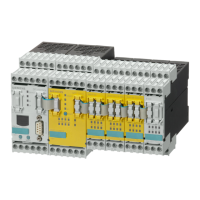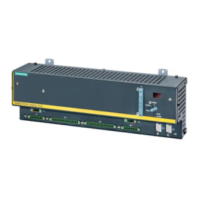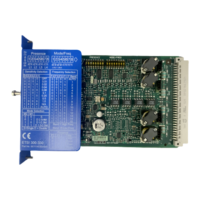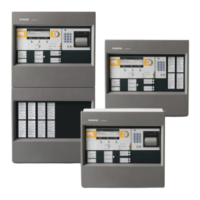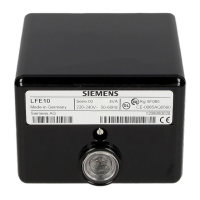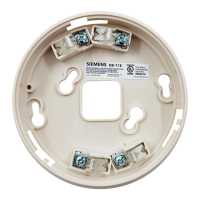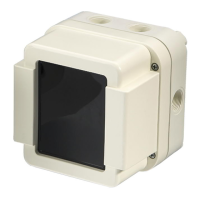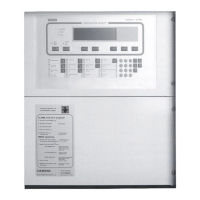While this message is displayed, operations on the OP with the user authorization can still be
carried out unaected.
Note
Active switching of an OP to another PCU/IPC is possible
The switchover disable only relates to changing the user authorization on the OPs in a
shadowing group on a PCU/IPC.
This means that active switching away from one OP to another PCU/IPC is not prevented.
Special features
The following special cases should be noted:
• Even if switchover disable is set, the TCU_INDEX eld value may change in the PLC. This is the
case under the following circumstances:
– If the OP in possession of the user authorization is actively switched to another PCU/IPC.
Depending on whether another TCU takes over the user authorization or whether no TCU
is currently active, the index of the TCU or the PCU/IPC itself (if its directly connected OP
becomes active) is entered, in exactly the same way as when there is a switchover of user
authorization.
This can also be the value 255, if no TCU index is available for the OP. 0 is entered if an OP
is no longer available in the shadow group.
– If an m:n switchover is in progress. The HMI program of the incoming PCU/IPC deactivates
the HMI program which is active on it. Therefore, an OP from the shadow group of the new
(incoming) PCU/IPC must receive the user authorization. The TCU index of this OP is
entered in the TCU_INDEX eld.
– If a PCU/IPC is disconnected from an NCK/PLC in the context of m:n. No HMI program and,
therefore, no OP with user authorization is then available on the exited NCK/PLC. This is
signaled independently of a switchover disable by entering the value 0 into the
TCU_INDEX eld.
• If a TCU is actively switched over to another PCU/IPC, it can be deactivated there, i.e. it does
not receive user authorization if a switchover disable is set for the destination PCU/IPC.
• With an m:n PCU/IPC switchover – the PCU/IPC is switched to another NCK and, therefore, to
another PLC – the PCU/IPC accepts the switchover disable settings of that PLC.
• The m:n interlock options on the PLC side have priority over the TCU switchover disable, so
that a set TCU switchover disable cannot prevent an m:n switchover. If necessary, the m:n
interference options should be synchronized here with those for the TCU in the PLC. It may,
for example, be practical to set or remove the m:n displacement disable simultaneously with
the TCU switchover disable.
Obtaining user authorization
At a TCU, which has no user authorization, press any key. The operating software does not
evaluate this key; this only serves to request user authorization.
Networking
6.2Commissioning TCU
TCU 30.3
50 Equipment Manual, 03/2023, A5E40874197B AD
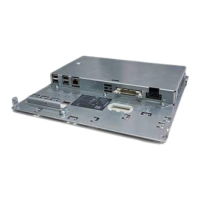
